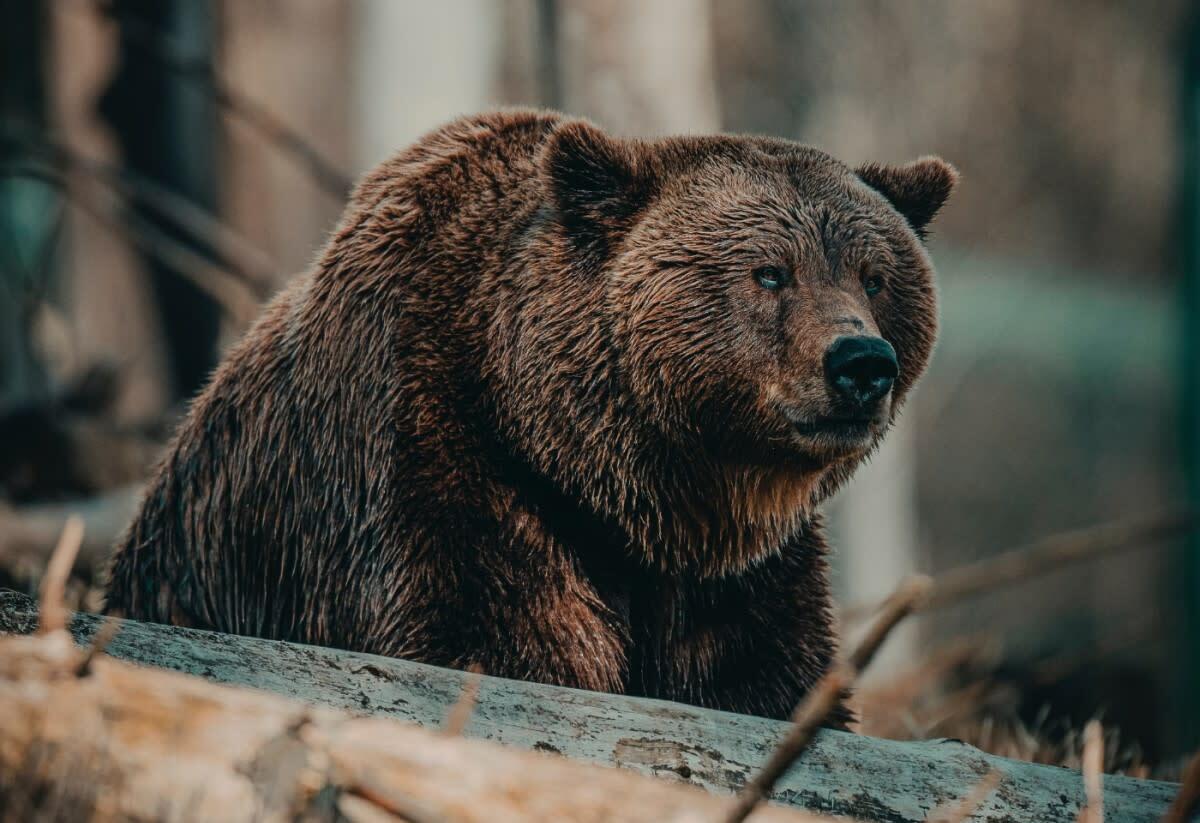
Ever wondered what secrets lurk in the animal kingdom that might make your skin crawl? Well, buckle up because we're about to dive into a world that's both fascinating and a bit icky. OhMyFacts brings you 20 gross facts about animals that'll have you squirming in your seat and exclaiming, "No way!" From the bizarre dining habits of certain critters to the downright weird ways animals defend themselves, this list has it all. Who knew that nature could be so…gross, yet so intriguing? Get ready to have your mind blown and possibly your stomach turned. Let's get started, shall we?
Key Takeaways:
- Animals have some seriously gross habits, like parrotfish creating sandy beaches with their poop and vultures using their stomach acid to kill deadly bacteria. Nature is full of surprises!
- From penguins projectile pooping to snails being hermaphrodites, animals have some truly bizarre behaviors. It's a wild world out there, and the animal kingdom never fails to amaze and gross us out!
Gross Fact 1: The Parrotfish's Sand-Making Habit
- Parrotfish sleep in a unique bubble made from their own mucus to protect against predators and parasites. Even more fascinating, these colorful swimmers are responsible for creating white sandy beaches. How? By eating coral and excreting it as sand. Yes, much of the beautiful white sand on tropical beaches is fish poop!
Why Koalas Are Picky Eaters
- Koalas exclusively eat eucalyptus leaves, which are tough to digest and toxic to many animals. To prepare their young for this diet, mother koalas feed them a substance called "pap," which is essentially partially digested leaves that come from the mother's intestines. This helps the baby koala's stomach to develop the necessary bacteria to digest eucalyptus leaves.
The Surprising Use of Vulture's Stomach Acid
- Vultures have an incredibly strong stomach acid that allows them to safely consume dead animals without getting sick from potential bacteria and viruses those carcasses might carry. Their acid is so potent it can even kill deadly bacteria like anthrax and cholera.
How Hippos Use Their Sweat as Sunscreen
- Hippos secrete a reddish fluid from their skin, often mistaken for blood. This substance acts as both a moisturizer and a sunscreen, protecting their sensitive skin from the sun's harsh rays. Interestingly, this "sweat" also has antibiotic properties, helping hippos heal their wounds more quickly.
The Bizarre Diet of Hyenas
- Hyenas are known for their strong stomachs, capable of digesting bones, hooves, and even other animals' skin. This ability allows them to leave almost no waste behind when they feed, making them efficient but gross scavengers.
Why Penguins Projectile Poop
- Penguins have a unique way of keeping their nests clean: they projectile poop. By ejecting their feces away from the nest, they help prevent the buildup of waste and the spread of disease. Some species can shoot their poop over 4 feet!
The Odd Defense Mechanism of Sea Cucumbers
- Sea cucumbers have a strange way of defending themselves. When threatened, they can expel their internal organs out of their anus to entangle and confuse predators. Don't worry; they can regenerate these organs later.
How Bees Make Royal Jelly
- Royal jelly, the superfood that transforms a regular honeybee larva into a queen bee, is made from secretions from the glands in the heads of worker bees. This milky substance not only decides the fate of bees but also contains all the nutrients needed to grow a queen.
The Gross Reality of Barnacle Reproduction
- Barnacles, stuck in place for life, have the longest penis relative to body size in the animal kingdom. This adaptation allows them to reach out to nearby mates for reproduction, an essential feature given their immobile lifestyle.
Why Dogs Spin Before Lying Down
- Dogs often spin in circles before lying down, a behavior inherited from their wild ancestors. This ritual helped to flatten grass and scare off any snakes or large insects hiding in the bedding area. While it might seem odd in a modern home, it's a deeply ingrained instinct.
The Unsettling Feeding Habits of Lampreys
- Lampreys, jawless fish with funnel-like sucking mouths, attach themselves to other fish to feed on their blood and body fluids. This vampire-like method is not only gross but can also be deadly to the host fish.
The Reason Behind a Rabbit's Diet
- Rabbits eat their own feces to fully digest their food. Since their diet consists mainly of hard-to-digest plant material, eating their feces allows them to absorb nutrients that weren't digested the first time around.
How Octopuses Escape Predators
- Octopuses can eject a cloud of ink to confuse predators, giving them time to escape. This ink not only obscures the predator's view but also contains substances that can dull a predator's sense of smell and taste, making the octopus's escape even more effective.
The Unusual Sleeping Habits of Bats
- Bats sleep upside down, a habit that helps them take off into flight more easily. Since they cannot launch into the air from a standing position, hanging upside down gives them the gravity-assisted boost they need to start flying.
Why Cats Bring Dead Animals Home
- Cats often bring dead animals home as a way of teaching their human "kittens" how to hunt, a behavior rooted in their wild ancestors. While it might seem gross, it's actually a sign of affection and teaching from your feline friend.
The Fascinating Yet Gross Way Starfish Eat
- Starfish can eject their stomachs out of their bodies to envelop and digest their prey outside their bodies. Once the food is liquefied, they retract their stomachs back inside to absorb the nutrients.
How Ants Communicate
- Ants communicate and organize their colonies using chemicals called pheromones. These chemical signals can direct other ants to food, signal danger, or even lay down a path to follow, showcasing a complex but invisible system of communication.
The Role of Slime in Hagfish Defense
- When threatened, hagfish can secrete a slime that expands in water, creating a gooey shield that can deter predators. This slime can also clog the gills of attacking fish, providing an effective escape mechanism.
Why Flamingos Are Pink
- Flamingos are actually born with gray feathers. Their iconic pink color comes from their diet, rich in beta-carotene, found in algae and crustaceans. The more they eat, the pinker they become, a vibrant example of you are what you eat.
The Unique Way Snails Reproduce
- Snails are hermaphrodites, meaning they have both male and female reproductive organs. During mating, they can choose to perform as either the male or female, making their reproductive process both unique and efficient.
A Glimpse into Nature's Oddities
Well, there you go! We've journeyed through some of the most eyebrow-raising, stomach-churning facts about animals out there. From cockroaches that can live without their heads to parrotfish pooping out white sandy beaches, nature's got its weirdness dial turned all the way up. Bet you didn't see some of these facts coming, huh? It's a wild world, and these snippets are just the tip of the iceberg. Next time you're out in nature or even just watching a documentary, remember: behind those cute and majestic exteriors, there's a whole lot of gross going on. But hey, it's all part of what makes the animal kingdom fascinatingly unique. Keep that curiosity alive; who knows what other mind-boggling facts you'll stumble upon next?
Frequently Asked Questions
Was this page helpful?
Our commitment to delivering trustworthy and engaging content is at the heart of what we do. Each fact on our site is contributed by real users like you, bringing a wealth of diverse insights and information. To ensure the highest standards of accuracy and reliability, our dedicated editors meticulously review each submission. This process guarantees that the facts we share are not only fascinating but also credible. Trust in our commitment to quality and authenticity as you explore and learn with us.


